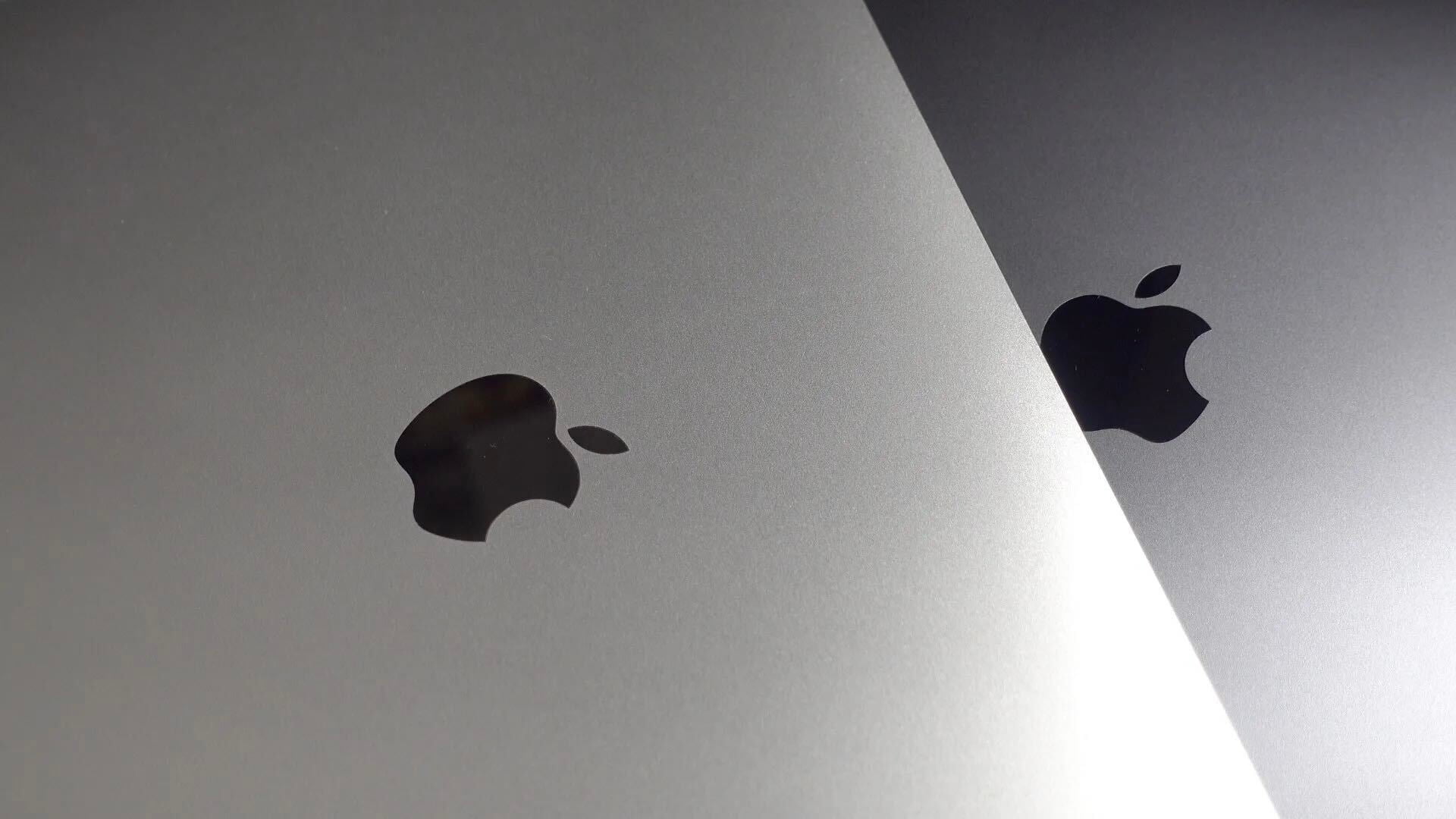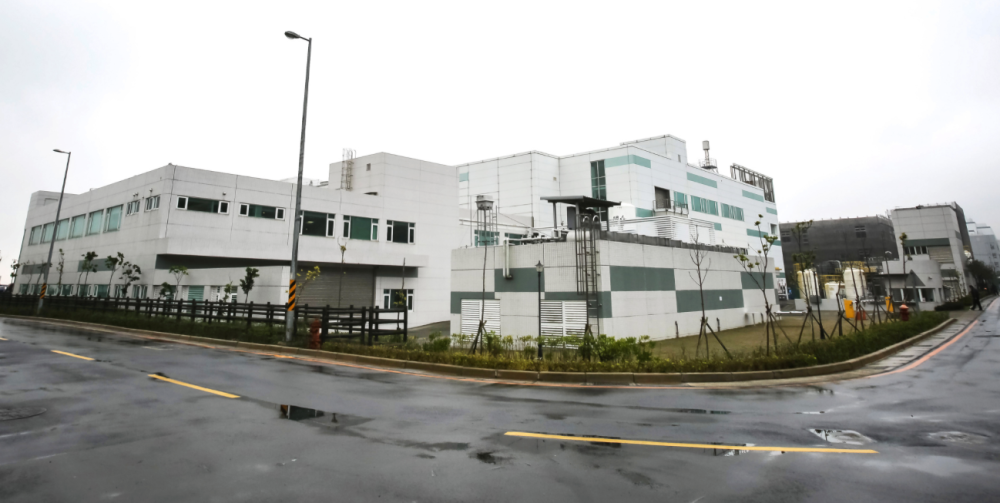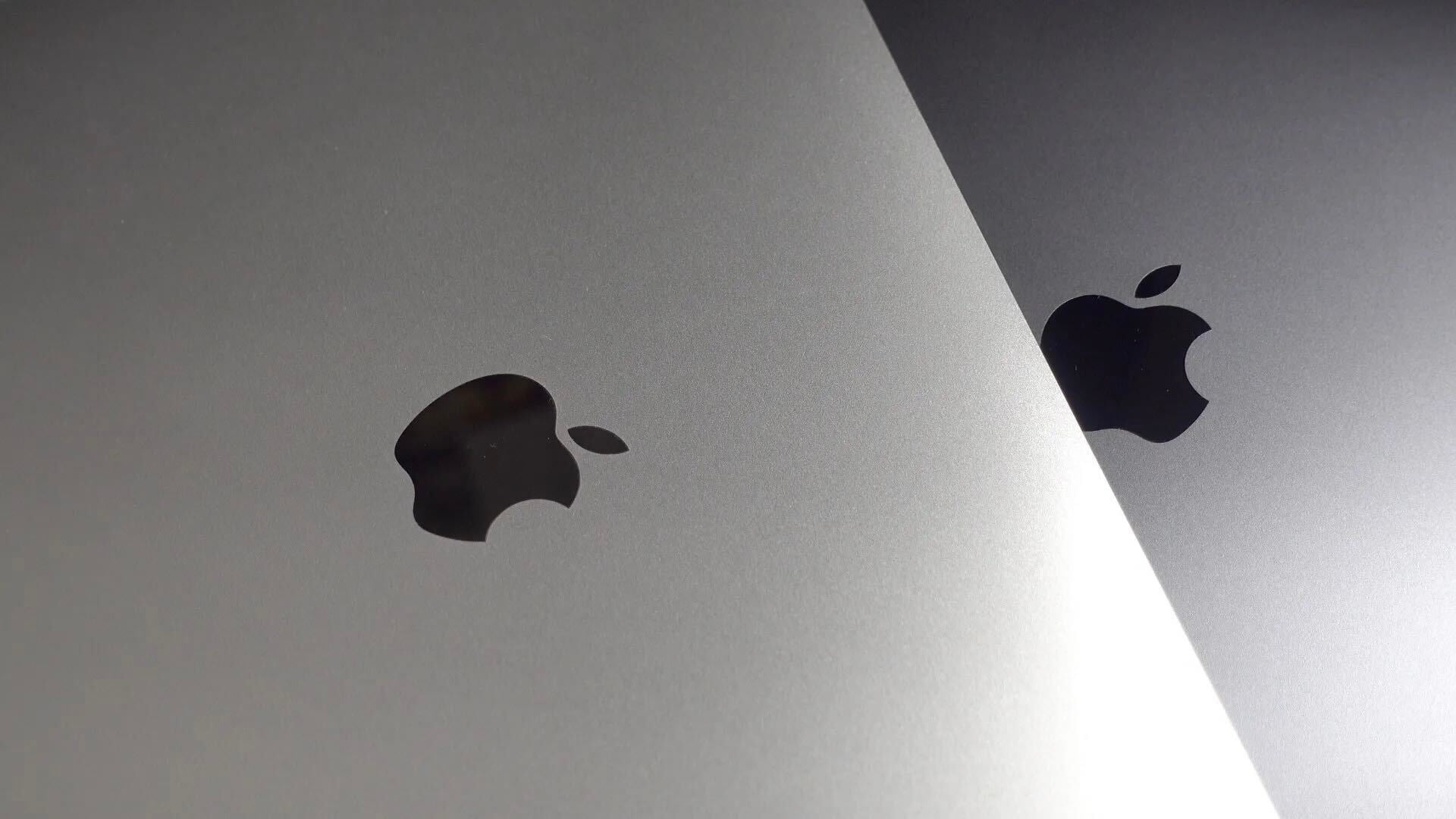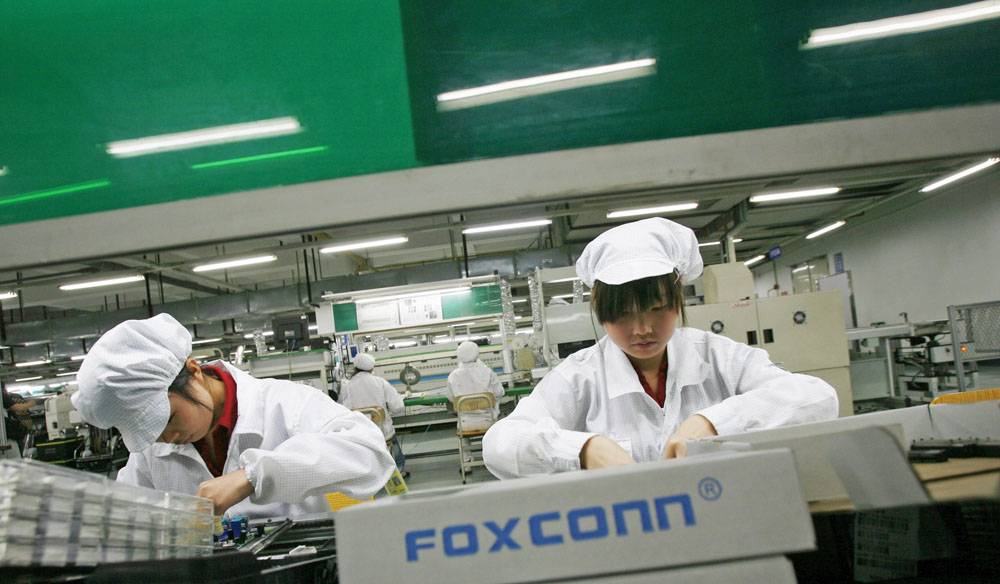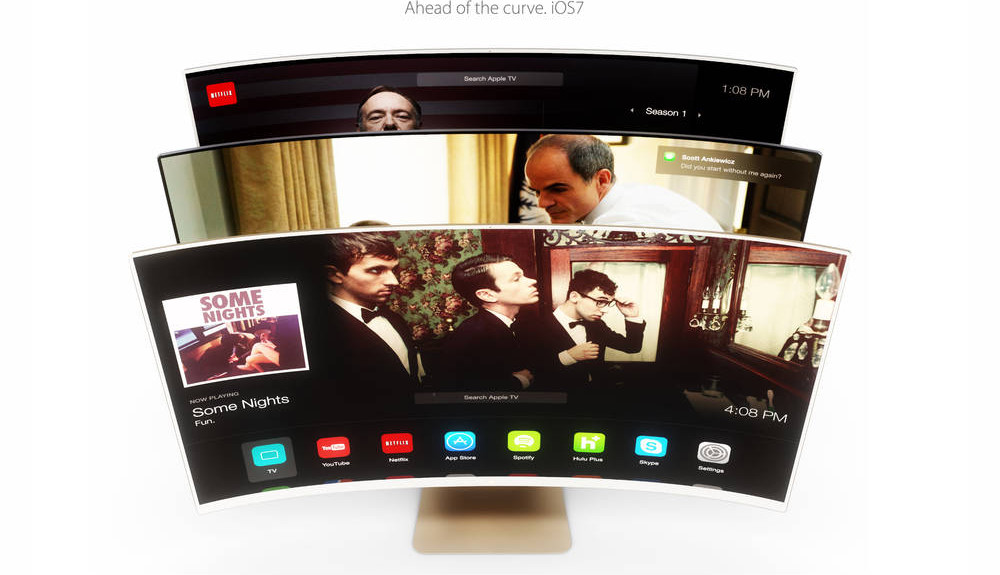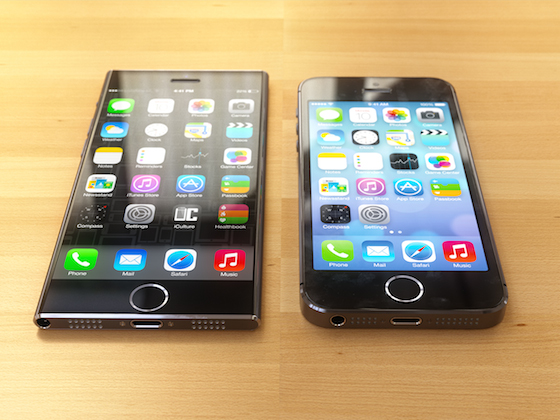
Reuters reports that Japan Display Inc, an Apple parts supplier, just announced plans to build a new $1.4 billion LCD plant that will reportedly help it become a primary supplier of smartphone displays to Apple.
The report also claims that Apple has invested in the plant, but didn’t disclose any financial details related to the investment:
The company did not name Apple, in line with its policy of not identifying clients. A person familiar with the matter said Apple would also invest an unspecified amount in the plant, which would further the Japanese screen maker’s aim of becoming the primary supplier of high-tech screens for iPhones.
The news follows reports last month that Apple was considering such an investment in the new factory somewhere in the neighborhood of $1.7 billion.
The new plant will reportedly start production in 2016 and increase Japan Display’s LCD capacity by 20 percent.
